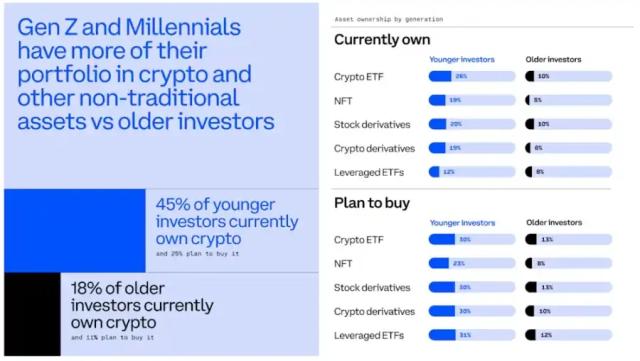Author: WOO X Research
background
Bitcoin is not created out of thin air. It is produced by miners who purchase mining machines and provide computing power to solve mathematical problems. In return, miners receive Bitcoin as mining rewards. Therefore, it can be said that miners determine the supply of Bitcoin, and the mining cost also has a significant impact on the price of Bitcoin.
WOO X Research will analyze from the perspective of miners, using three indicators, namely miner shutdown price, miner transfer to exchange, and exchange balance, to help determine the current market Bitcoin price level.
Miner shutdown price: close to cost, close to shutdown
When the price of Bitcoin is lower than the mining cost of miners, miners will stop mining because the more they mine, the greater the loss. This price is also called the shutdown price.
The main cost of mining is electricity, and there are also many other costs such as mining machines, sites, management, etc. The current mainstream calculation method is based on electricity costs, and the cost does not include other costs. Therefore, the shutdown price is more than the actual situation.
The shutdown price represents the "lower limit" of the coin price and is often used as an indicator to determine whether the coin price has bottomed out. The reason is psychological expectations. Most people are unwilling to bear losses and find it difficult to accept decreasing profits. Therefore, when the price approaches the shutdown price, miners' selling behavior will also be temporarily suspended, and secondary investors will have a "bargain" mentality and buy Bitcoin.
Calculated at $0.07/kWh and a coin price of 56,000, of the current 25 mainstream mining machines, only 7 of the higher-end ones are profitable, and the other 18 mining machines are all below cost. It should be noted that this chart does not include the other costs mentioned above. If we simply estimate that other costs only account for 10% of the electricity cost, then only 3 mining machines on the market are profitable.
Therefore, from the perspective of the "shutdown price", the current coin price is likely to have bottomed out.

Miners transfer to exchanges: slightly decreased, no significant change
The profits earned by miners from mining must be transferred from the chain to the exchange to sell for cash in order to maintain the operating costs of continuous mining. The more transfers there are, the higher the potential selling pressure they face, which is a bearish trend for Bitcoin; if the number of transfers becomes smaller, it means that the potential selling pressure is reduced, which is a bullish trend for Bitcoin.
It can be observed in the figure below that the number of transfers has dropped significantly since April this year. It can be speculated that this is related to the Bitcoin halving on April 20 this year, which reduced production and reduced transfers.
There is no significant change in the number of transfers to exchanges recently, only the number of transfers decreases during non-trading days. From Monday to Friday, the daily transfer amount is about 7,500 to 10,000, and on holidays, it is 2,500 per day, which was about 3,500 to 4,500 before.

Exchange balance: bullish, lowest in a year and a half
The balance of Bitcoin wallet on the exchange is also an indicator of whether the price has bottomed out.
Centralized exchanges are the main places where transactions take place in the cryptocurrency market. When the amount of Bitcoin in an exchange increases, it usually means that funds are being transferred in from the chain and are ready to be sold into assets such as stablecoins, which is bearish for Bitcoin.
The decrease in Bitcoin in exchanges indicates that it has been transferred to on-chain wallets. Since the liquidity of on-chain currency exchange is not as good as that of centralized exchanges, transfers to the chain are usually not considered to be selling behavior. The expected selling pressure at this time is low, which indicates a bullish outlook on Bitcoin.
The figure below shows the changes in the Bitcoin balance of centralized exchanges in the past three months. It is currently about 2.4 million, a new low in nearly a year and a half. Among them, Binance has reduced by about 53,000 Bitcoins in the past 30 days.

Conclusion: The price is close to the cost, and the exchange balance has also hit a new low. The bottom is near
Currently, the cost of mining for miners is close to the shutdown price, and the number of transfers from miners to exchanges is gradually decreasing, indicating that the potential selling pressure is decreasing. At the same time, the balance of Bitcoin in exchanges continues to hit new lows, further supporting the bullish signal. Combining these data, we can speculate that the current Bitcoin price may have reached a stage bottom, and the future market trend may gradually pick up.







